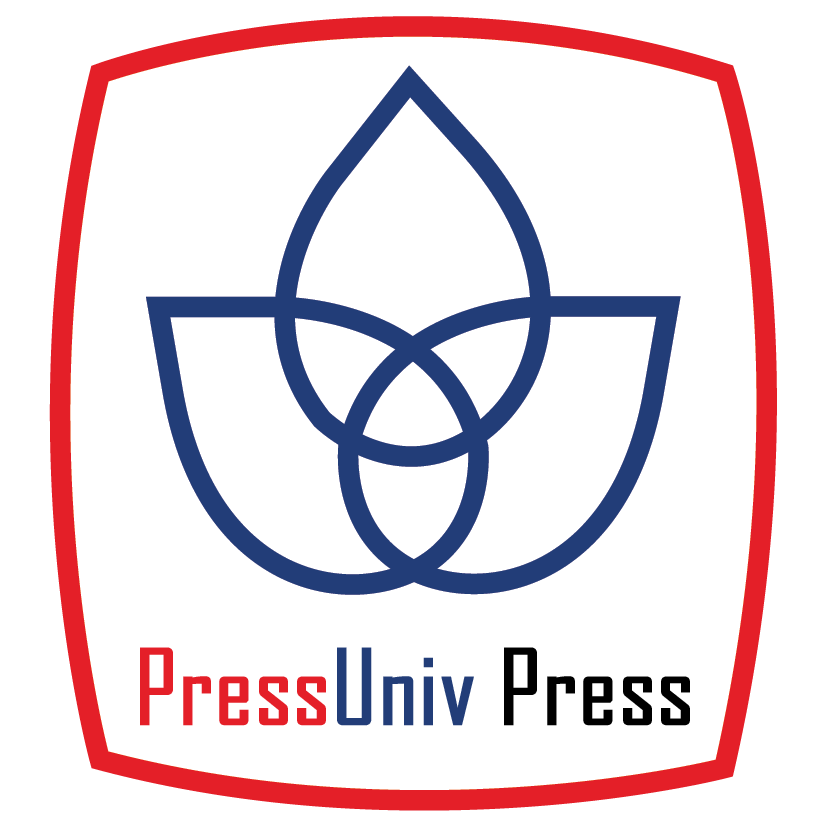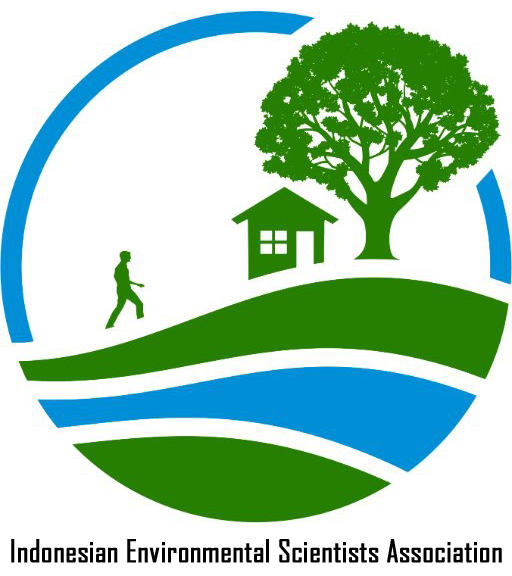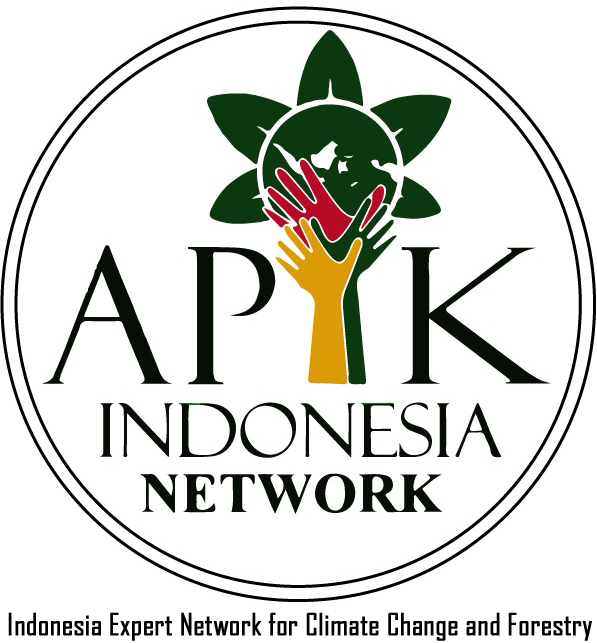DESIGN PROPOSAL PRE-CHLORINATION PROCESS IN WATER TREATMENT (STUDY CASE: WTP 2 PT. JABABEKA INFRASTRUKTUR, CIKARANG)
Abstract
Keywords
Full Text:
PDFReferences
P. N. 26 PUPR, “PROSEDUR OPERASIONAL STANDAR PENGELOLAAN SISTEM PENYEDIAAN AIR MINUM,” vol. 3, no. 1, pp. 10–27, 2014, [Online]. Available: https://medium.com/@arifwicaksanaa/pengertian-use-case-a7e576e1b6bf
WHO, “Guidelines for Drinkingwater Quality, First Addendum to the 3rd Edition,” World Heal. Organ., vol. 1, 2004.
APHA-AWWA-WEF, “Standard Methods For The Examination of Water and Wastewater,” J. Artic., 2012.
Nicholas G Pizzi, Water Treatment: Principles and Practices of Water Supply Operations Volume 1, 4th ed., no. June. American Water Works Association, 2010.
R. Afrianita, P. S. Komala, and Y. Andriani, “Kajian Kadar Sisa Klor di Jaringan Distribusi Penyediaan Air Minum Rayon 8 PDAM Kota Padang,” Semin. Nas. Sains dan Teknol. Lingkung. II, 2016.
H. Sholichah, “Application of sodium hypochlorite (NaOCl) for ammonia removal in wastewater effluent of PT. HS,” J. Environ. Eng. Waste Manag., vol. 5, no. 2, 2020, doi: 10.33021/jenv.v5i2.930.
T. A. Pressley, D. F. Bishop, and S. G. Roan, “Ammonia-Nitrogen Removal by Breakpoint Chlorination,” Environ. Sci. Technol., vol. 6, no. 7, p. 622, 1972, doi: 10.1021/es60066a006.
Badan Standardisasi Nasional, “Stnadar Nasioanl Indonesia Air dan air limbah – Bagian 25 : Cara uji kekeruhan dengan nefelometer,” p. 25, 2005.
Badan Standardisasi Nasional, “SNI 6989.11-2019 Air dan air limbah – Bagian 11: Cara uji derajat keasaman (pH) dengan menggunakan pH meter,” Badan Stand. Nas. Indones., 2019.
Badan Standardisasi Nasional, “SNI 06-6989.30-2005 Air dan air limbah – Bagian 30 : Cara uji kadar amonia dengan spektrofotometer secara fenat ICS,” Badan Stand. Nas., 2005.
Badan Standardisasi Nasional, “SNI 06-6989.9-2004 Air dan Air Limbah – Bagian 9 : Cara uji nitrit ( NO 2 _ N ) secara spektrofotometri,” Badan Stand. Nas. Indones., vol. 1, no. 2, pp. 1–16, 2004.
Menteri Kesehatan Republik Indonesia, “PERATURAN MENTERI KESEHATAN REPUBLIK INDONESIA NOMOR 2 TAHUN 2023 TENTANG PERATURAN PELAKSANAAN PERATURAN PEMERINTAH NOMOR 66 TAHUN 2014 TENTANG KESEHATAN LINGKUNGAN,” 2023.
Badan Standarisasi Nasional, “Standar Nasional Indonesia 6774: 2008 Tentang Tata Cara Perencanaan Unit Paket Instalasi Pengolahan Air,” Bandung BSN, p. 24, 2008, [Online]. Available: https://www.nawasis.org/portal/digilib/read/sni-6774-2008-tata-cara-perencanaan-unit-paket-instalasi-pengolahan-air/51431
Z. Maulidia, Mohammad Mirwan, and S. Aulidia, “PENGELOLAAN AIR BERSIH DI RS X SURABAYA,” Nusant. Hasana J., vol. 2, no. 8, pp. 36–41, 2023, [Online]. Available: http://nusantarahasanajournal.com/index.php/nhj/article/view/279
N. A. SYAHRUL, “Analisa Kadar Klorin Pada Air Kolam Renang Di Kecamatan Jombang Kabupaten Jombang,” Progr. Stud. Diploma Iii Anal. Kesehat. Sekol. Tinggi Ilmu Kesehat. Insa. Cendekia Med. Jombang, 2016.
DOI: http://dx.doi.org/10.33021/jenv.v9i1.4832
Copyright (c) 2024 Solihatun Janah

This work is licensed under a Creative Commons Attribution-ShareAlike 4.0 International License.
Journal of Environmental Engineering and Waste Management Published by PresUniv Press, in collaboration with IESA and APIK Indonesia Network




